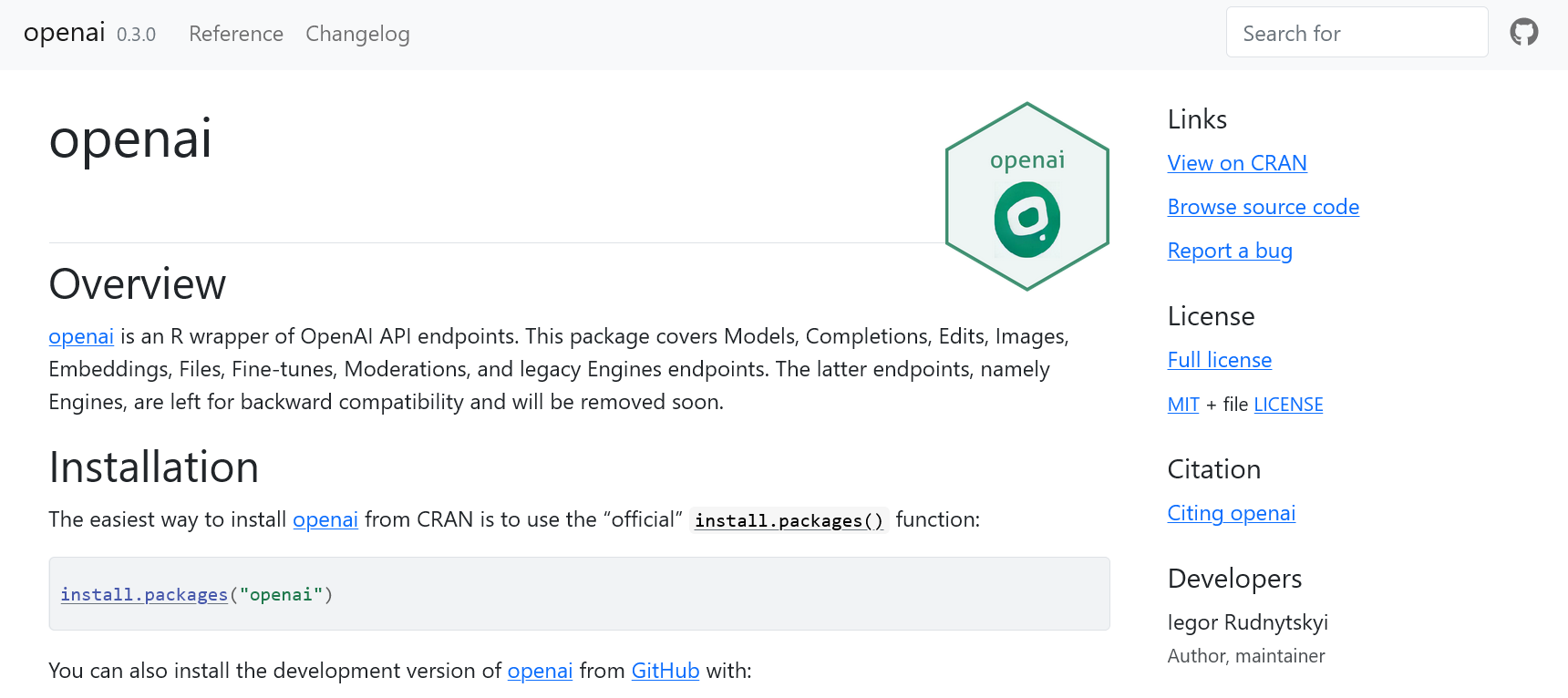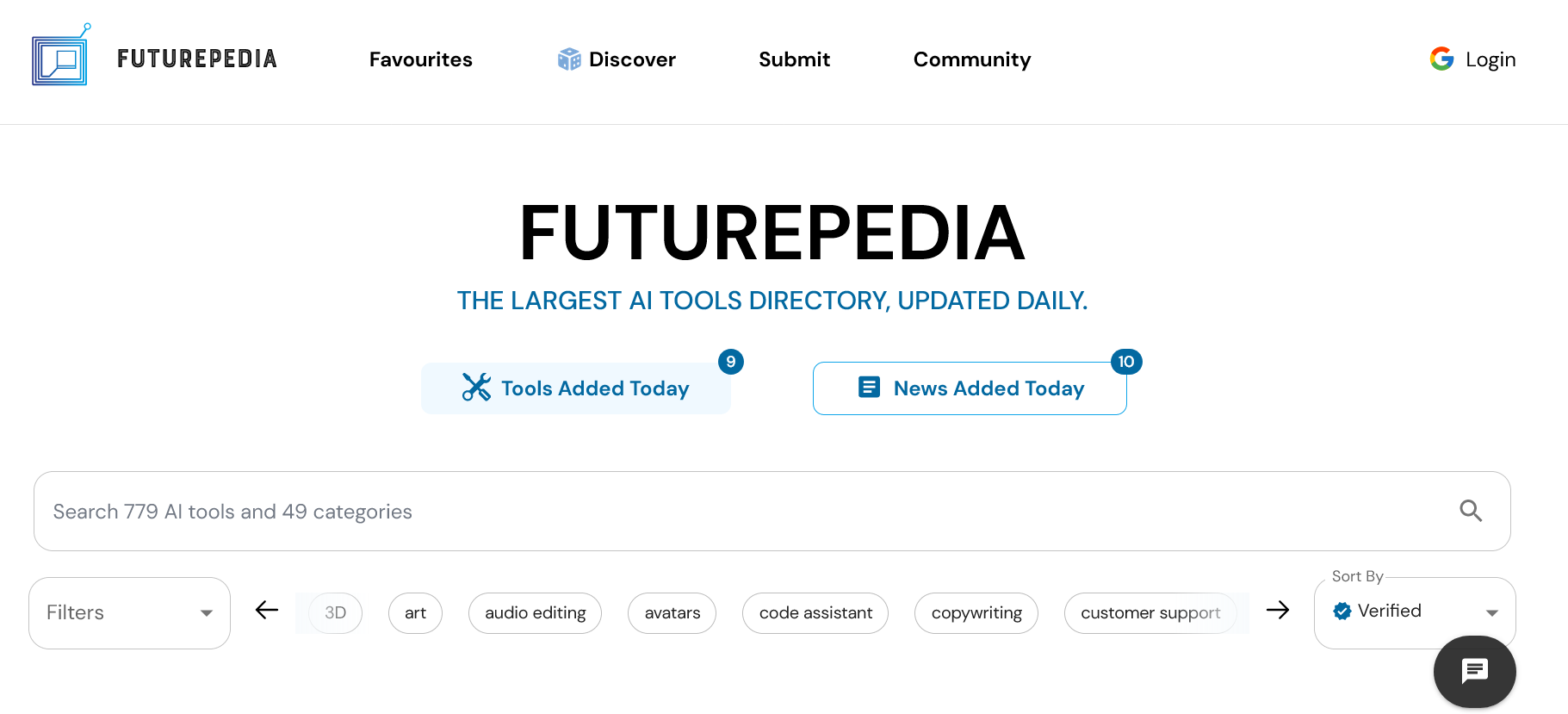library(openai)
library(magick)
img <- openai::create_image("simplicity")
print(image_read(img$data$url)) format width height colorspace matte filesize density
1 PNG 1024 1024 sRGB FALSE 3147977 72x72State of the art - popular generative models Gozalo-Brizuela and Garrido-Merchan (2023)
AI companies Gozalo-Brizuela and Garrido-Merchan (2023)
Timeline Gozalo-Brizuela and Garrido-Merchan (2023)
Poem on benefits of Walking and Cycling
GPT based search engine
Children’s exposure to PM2.5 affecting their health
GPT-3 powered AI tool for Literature Review
OpenAI powered AI tool for creating educational content
OpenAI’s powerful text-davinci-003 language model to translate natural language into R/Python code
Add-on for RStudio for incorportaing OpenAI into project workflows

Specify a string to create an image
library(openai)
library(magick)
img <- openai::create_image("simplicity")
print(image_read(img$data$url)) format width height colorspace matte filesize density
1 PNG 1024 1024 sRGB FALSE 3147977 72x72An AI tools library

Limited knowledge on how they work
When they fail
Capabilities due to emergent properties - anxiety about unanticipated consequences
Context is not known either
Downstream bias: intrinsic bias, representational bias, underrepresented and over-represented (Anglocentric population) Bommasani et al. (2021)
Compounds existing inequities by producing unfair outcomes, entrenching systems of power, and disproportionately distributing negative consequences of technology to those already marginalized Bommasani et al. (2021)
Useful in assistance but with almost no transparency or reproducibility, so hard to justify in an academic setting
Needs to be audited before wider use by academia or general public - legislation perhaps?
Need a similar but more transparent and less power/computational model
Unless careful attention is applied, it may produce erroneous or even dangerous outputs

Access at GitHub Pages
Comment code